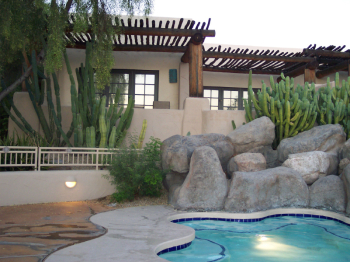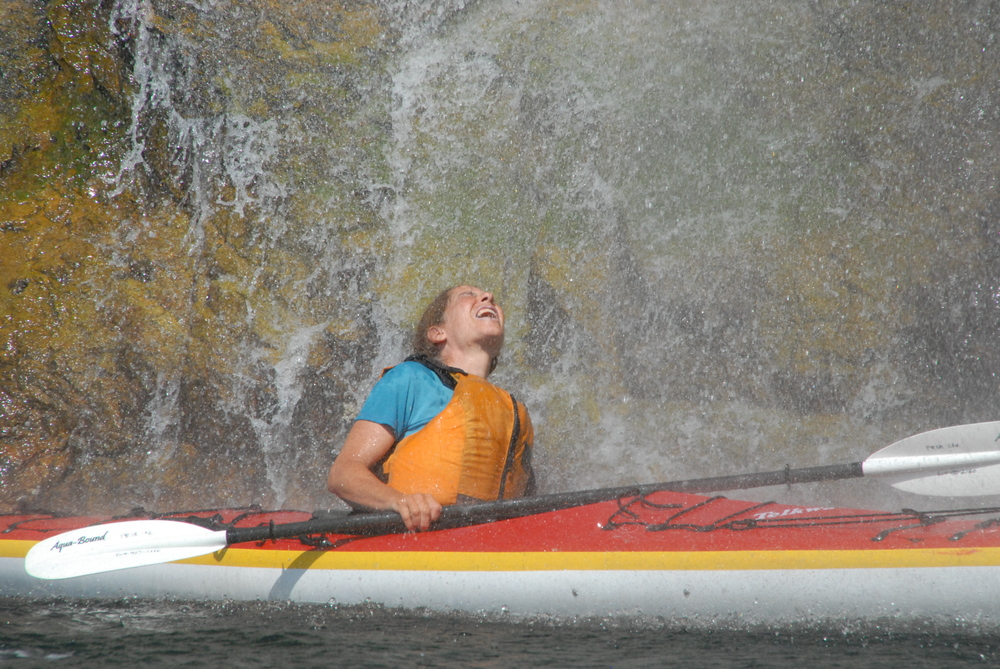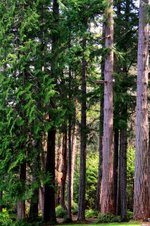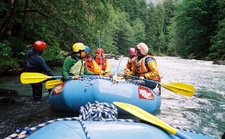by Eric Lucas
Oh, how I love new places, new tastes and smells and sights and sounds. Just this year, I have discovered hot, amber sabia chiles in Tucson, peaceful historic beguinages (cloisters) in Bruges, the warm chartreuse water of Kanaka Bay in British Columbia, the mind-bending apocalyptic canvases of John Martin in London.
Love, love, love. But.
While we’re admiring the snazzy glamour of new discoveries, let me bring on stage the simple wonder of happy returns.
 It was while visiting Tucson last week, dipping into the pool at dawn with my wife Leslie, that I had second thoughts about the siren song of newness. Not second, exactly; call them revisionist or retrospective. I was enjoying something I have often done before, in the exact place I had been many times. Hundreds of times, in fact, have I slipped into this exact pool, which is framed by subtropical plantings and the stern, cactus-clad heights of the Santa Catalina foothills behind, burnished by the fierce, loving sun of the Sonoran Desert.
It was while visiting Tucson last week, dipping into the pool at dawn with my wife Leslie, that I had second thoughts about the siren song of newness. Not second, exactly; call them revisionist or retrospective. I was enjoying something I have often done before, in the exact place I had been many times. Hundreds of times, in fact, have I slipped into this exact pool, which is framed by subtropical plantings and the stern, cactus-clad heights of the Santa Catalina foothills behind, burnished by the fierce, loving sun of the Sonoran Desert.
A morning breeze feathered the mesquite fronds of the desert woods just yards away. A hummingbird buzzed by. Spent bougainvillea blossoms laid their vermilion origami on the surface of the water. A Gila woodpecker whacked a roof tile. The summer-warmed water was 85 degrees, both cleansing and comforting. Tendrils of overnight thundershowers curled by nearby escarpments, and the monsoon humidity lent the air a silken touch.
“Doesn’t this feel like Tobago?” asked my wife.




